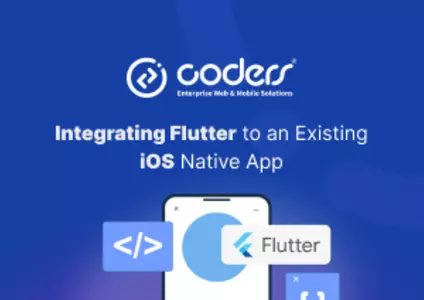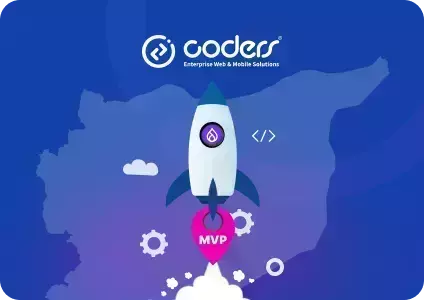
Scalable Mobile Apps: Flutter Project Structure
Scalable Mobile Apps: Flutter Project Structure

How Flutter Project Structure Should Be
When working with Flutter, it's easy to get caught up in the excitement of building beautiful UIs and amazing features. But without the right Flutter Project Structure, things can quickly become unmanageable. In this post, I'll show you how to structure a scalable Flutter project using best practices that will keep your codebase organized, maintainable, and ready to grow.
Start with a Clean Folder Structure
A well-organized project structure is key to managing complexity as your app grows. Here’s a basic structure I recommend:
lib/ ├── models/ # 📚 Data classes & app models ├── views/ # 🖼️ UI widgets & screens ├── controllers/ # 🎯 Business logic / state management ├── repositories/ # 🗃️ Data access & sources ├── services/ # 🔌 API calls, auth, etc. ├── utils/ # 🛠️ Helper functions & constants └── main.dart # 🏁 Entry point of the app
- models: Holds the data structures you’ll work with (e.g., user, product).
- views: Contains your UI components (screens, widgets).
- controllers: Manages state and business logic, separated for better maintainability. (this can also be where your state management code lives).
- repositories: Manages data fetching and API calls
- services: For reusable components like API services, FCM services, etc.
- utils: Helper functions that don’t belong in any specific folder.
Use State Management Wisely
State management can make or break a scalable project. Choose a state management approach that fits the scale of your app. For smaller projects, simple methods like Provider or SetState can work. But for larger applications, I recommend exploring solutions like GetX, Riverpod, or Bloc.
By managing state properly, you ensure that different parts of your app don't step on each other's toes, and it becomes easier to test and maintain.
Follow the Separation of Concerns Principle
To keep things manageable, it's crucial to keep business logic separate from UI code. This means:
- Use controllers to handle logic.
- Keep widgets focused on building the UI.
- Data and state should be managed outside of UI code, typically in repositories and controllers.
This separation helps with testing and debugging, as well as maintaining a clear structure in your app.

Modularize Your Codebase
As your app grows, you’ll want to break it down into smaller modules. Instead of having one large app, consider separating out features into different packages (either in the same repo or as separate dependencies). This allows you to isolate functionality and test it independently.
For example:
- A user authentication module
- A chat feature module
- A payment processing module
Modularization allows different teams to work on separate features without stepping on each other's toes.
Write Tests
Testing is crucial for ensuring the scalability and stability of your app. Unit tests, widget tests, and integration tests should be an essential part of your workflow. Flutter has great support for testing, so take advantage of it from the start. The more you test, the easier it will be to maintain and scale your project.
Keep Dependencies in Check
As your app grows, so does the list of dependencies. Always be mindful of the libraries you're adding to your project. Stick to well-maintained packages with active community support. Periodically review your dependencies to make sure you're not accumulating unnecessary bloat.
Looking For Professional Mobile Design & Development Services?
Our innovative approach blends aesthetics and functionality, creating bespoke online experiences that resonate. We tailor every pixel to showcase your uniqueness.
Conclusion
Structuring a scalable Flutter project is all about organizing your code, keeping business logic separate from UI, managing state properly, and planning for the long-term. While every project is different, these tips will help you build an app that’s easier to maintain, extend, and scale.
References:


























